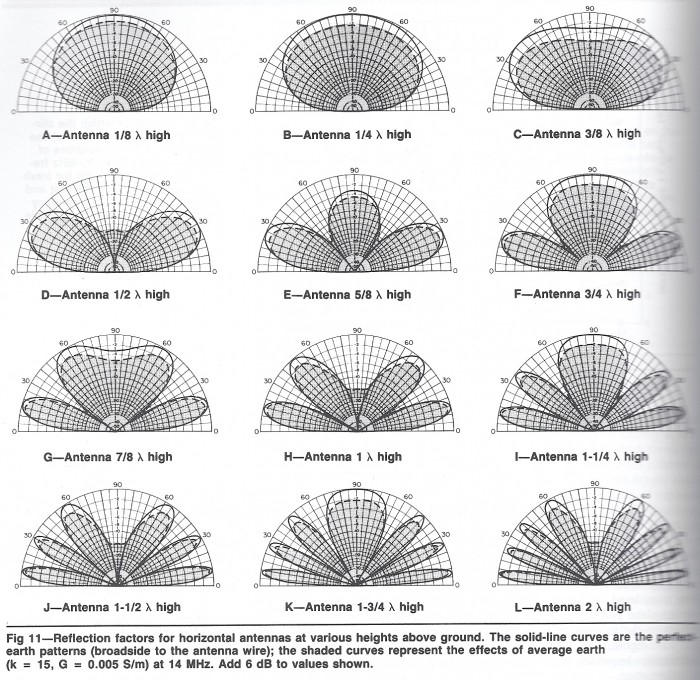[Today’s run: Old Macon Road 7.3 miles]
In my posting the other day G3TXF – QSL my poem includes an unusual word “yagis”. Yagi is the name of a Japanese guy who, along with another guy named “Uda”, invented the Yagi-Uda parasitic array antenna. This is the type of antenna that has a central boom structure holding up multiple parallel elements in a line, looking like a comb with teeth on both sides. Yagi and Uda did this work in 1926 (which continues to amaze me). So “yagis” is the plural of yagi, which is a shortening of the name Yagi-Uda, named for the inventors. You can read about it on Wikipedia.
It is possible to make very respectable ham radio antennas with just wires of particular lengths strung around the yard. But the yagi is nice because it is compact and it has directional qualities. Generally speaking, the more elements there are the more focused the radio emanations are in one specific direction.
I want to put up a tower so as to erect one of these yagi antennas. Ok, why would I need to do that?
First off there is the idea of rotatability. I want to be able to rotate the antenna and point it in different directions. (But I could do that on a pole or a short tower…)
For some UHF and up frequencies there is an issue of “line of sight” which means that the easiest mode of communication is point-to-point between two stations that can see each other. (There is a bit of an extension of literal, visual line of sight. Radio seems to be able to extend that a bit.) So to talk to someone using that mode of operation on those frequencies it is really good to get the antenna up as high as possible. The higher it is, the larger the area I can cover.
Also there is interaction between the emanations coming from the antenna and the ground. For frequencies in the HF (shortwave) bands you want to get above a certain height in order to take advantage of the ground interaction so that your signal has a good “take-off” angle. This is most interesting for the ham frequencies that are used for long distance (dx) communication, roughly 14 through 30 MHz. You don’t want the bulk of your signal just going upward to warm the clouds. It will warm the clouds, but you want it to warm far away clouds not the ones straight up. The ground effect is different depending on the wavelength of the signal and the distance above ground relative to that wavelength. So you get this idea that your antenna should be so many “wavelengths” above the ground.
(picture from 15th edition ARRL Antenna Book, copyright ARRL)
Looking at the chart, the place you want to be is 1/2 wavelength or higher. So for a 20 meter band antenna, that would be 10 meters high; for 40 meters — 20 meters high. One of the antennas I want to put up is the Explorer-14 from HyGain and it has a 40 meter component. So I need to put that up about 66 feet.
See! I told you. I need a tower.
